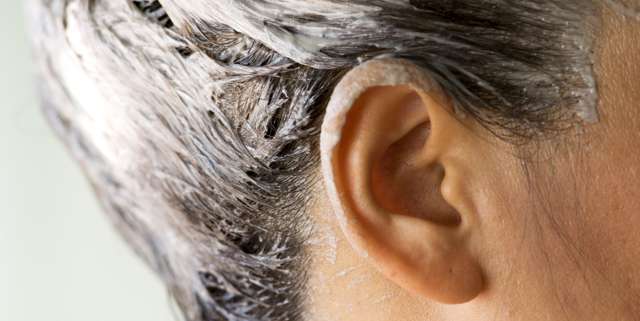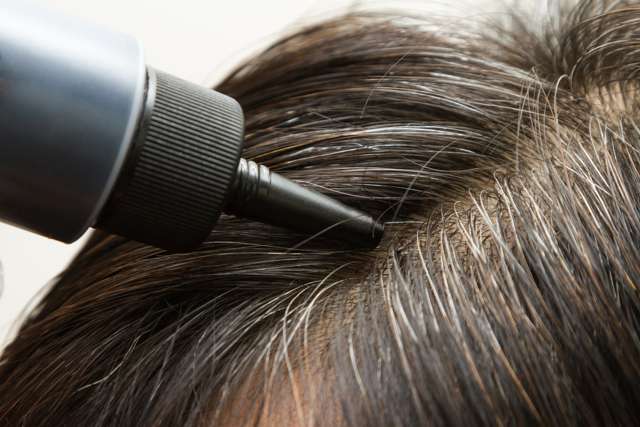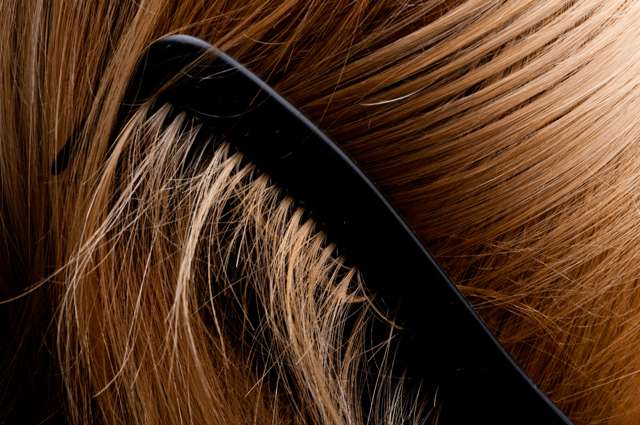Color Analysis at the Development Stage and Beyond
Testing hair dye begins in the lab, where manufacturers evaluate formulas for colorfastness, safety, and consistency. Spectrophotometers can be used to take this testing a step further than simply doing a visual inspection of the test swatches of the product in use by providing objective color data that can detect even the most subtle color shifts. This allows manufacturers to pinpoint the exact color of swatches over time, so they can identify issues like premature fading or an excess of red, green, or blue tones apparent immediately after dyeing or over time. Additionally, batches of dye can be analyzed at critical production stages to ensure accuracy and consistency.
There’s another, less obvious reason to use spectrophotometers in the development of hair dye: the ability to offer consumers meaningful advice. Often, an artificial-looking result is not the fault of the manufacturer themselves but arises when a consumer selects a shade that either does not suit them or is not applied correctly. This is such a common problem that several major hair dye brands offer color correction hotlines, allowing consumers can call in for advice on how to correct a poor color result. Typically, these corrections are made by using a different dye shade with alternate tones to neutralize the issue.
Spectrophotometers can play an integral role in formulating these color correction tips. For example, during the in-house testing phase of a shade of red hair dye, a manufacturer might notice that those with light hair will have an orange result. They can note on the box that the color may work best with darker hair colors, but they cannot depend on consumers to follow those instructions exactly. Thus, when a light-haired person contacts the company complaining that the red hair dye turned their hair orange, that brand will have a solution ready; via spectrophotometric testing, manufacturers can find the ideal color to neutralize the orange tones in the initial test swatch and that will allow them to pass on that advice to the consumer
While the value of spectrophotometric color measurement is undeniable, its practical application can present challenges. A common issue that hair color manufacturers often run into when trying to test color of hair clips is how difficult the samples can be to handle. Hair cuttings are made up of hundreds of little strands of hair that can slip and bend when you’re trying to measure their color. To eliminate issues with this, manufacturers should opt for spectrophotometers that offer special port plates designed specifically for holding small hair samples. This is an attribute found in HunterLab’s CMR2971, which allows hair tresses to be “locked-in” for simplified measurement using HunterLab Vista, UltraScan VIS and Ultra Scan PRO instruments.
HunterLab Spectrophotometers for Hair Dye Manufacturers
HunterLab has been a pioneer in color measurement technologies for over 60 years. Today, we offer a comprehensive line-up of portable, benchtop, and on-line spectrophotometers designed with the diverse needs of our customers in mind. Combined with our innovative color measurement software, hair dye manufacturers can gain greater insight into their products than ever before at every stage of testing. Contact us to learn more about our renowned instruments and let us help you select the right tools for your needs.





